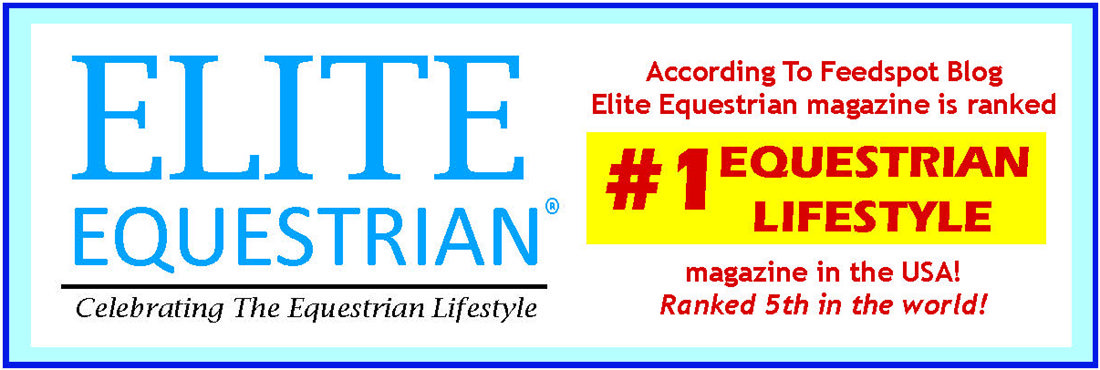
How to Keep Yourself Equestrian Fit
However good your horse is, they will only perform to the top of their abilities if you are physically fit and able to match the high demands you place upon them.
You must ensure that your strength, stamina and endurance are at their peak, which in turn will allow you to give your horse the best possible chance to perform. If you are at your peak fitness, then your posture will improve, as your core muscles will develop the strength to prevent slouching and slumping. That will also lead to a more secure seat and better cueing, all improving the ride for you and the horse. It will also help you prevent injury, meaning you will have more time on horseback pounding the acres, and less out of the saddle recuperating.
So which workouts should you be doing to ensure you remain equestrian fit? Let’s look at some of the basics that you can do to become a better rider.
Warm-Up
Whatever exercise you choose to do, you must always ensure a consistent and steady warm-up routine first. ‘Tone Up’ by Gala Bingo explains how the most important part of any exercise routine is the warm-up to get the blood pumping. By doing a few simple exercises, such as sitting leg lifts, you will protect yourself against strains that come because of leaping straight into rigorous training.
Lifting
Some basic lifting will enhance your core strength, but will also help your endurance and capacity for exertion, according to Equestrian Coach Blog. Be sure to manage your routine carefully, your aim is to improve your fitness, not enter a bodybuilding contest, and you will need to strike a fine balance between improvement and gaining too much muscle mass. Make sure you do one day on the weights, then one day off, to give you muscle groups time to heal and develop their strength. If you feel any excess strain, drop down a weight or take a break.
Squats
Riding places a strain on the lower back more than anywhere else in the body. Dressage Today states there can be many reasons for experiencing discomfort in that area during or after your ride, but a simple set of squats can help build strength and act as a deterrent for possible issues. Stand with your legs horse-width apart keep your head up and your eyes forward. Moving slowly, lower your body as if you were to sit on a chair, pause for a short while and then lift yourself back up. You can make the exercise tougher by adding dumbbells to your shoulders at a manageable weight.
Triceps Kickback
This exercise will strengthen the back of your upper arm, and help stabilize the lower body movement also. Stand as if you are in your stirrups in the saddle. Have your head up, eyes forward and upper body inclined slightly forward from the hips. Have your feet horse-width apart knees bent and arms bent at the elbow. Grab a dumbbell in each hand at waist height.
Keeping your head and neck in a neutral position and slowly straighten both arms behind you. Pause, then bend your elbows to return to their normal position.



